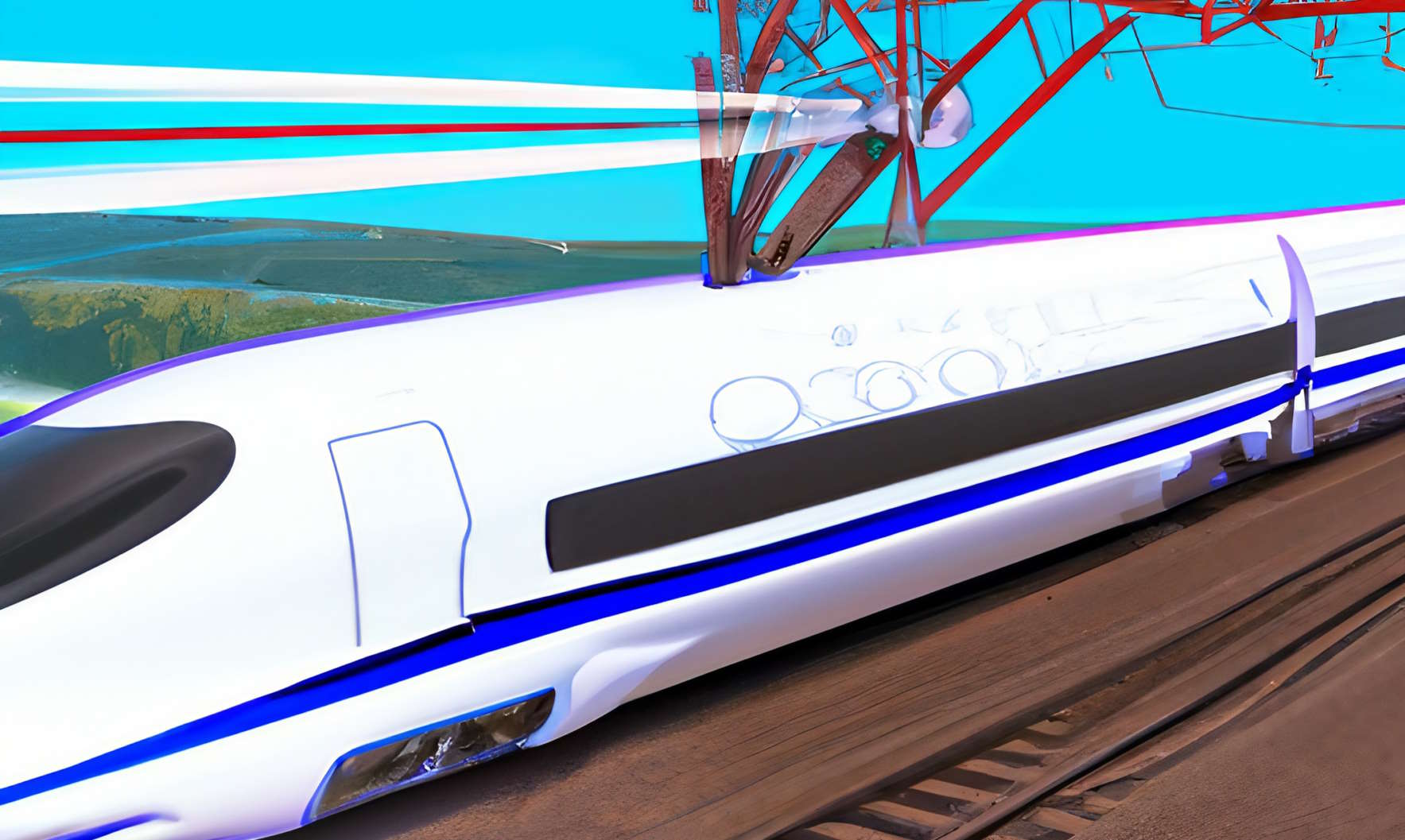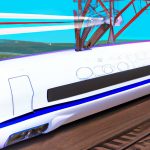Industry experts expect greater use of 5G to connect trains to the ground and provide passengers with broadband Internet access as they are used to in their homes, offices or on city streets. At the same time, the proprietary Trackside Networks networks are being built by rail operators.
The big pros of 5G are that it’s to be almost free for rail operators, and passengers don’t have to spend money on paid on-board Wi-Fi (to be fair, many rail operators provide it for free). To focus on 5G, the rail company doesn’t have to do anything at all – just wait for the mobile operators to install 5G base stations along the railroad tracks. Then they can do an inexpensive upgrade of the train modems that receive the signal from cellular towers from LTE to 5G and feed that traffic to the onboard Wi-Fi network.
At the same time, there is a long list of disadvantages of 5G for train ground communications. Some of them will be extremely difficult to overcome, for example, due to the fact that the car is an all-metal structure, significantly weakening the strength of signals from 5G base stations to passengers’ gadgets. Read more about the pros and cons of 5G for train-to-ground communications on the ELVA blog.

NOTE: You can find misleading terminology in the media about 5G “train-to-ground” communications, all to ” catch budgets” on the hype around 5G. It looks like this: marketing materials talk about a roadside 5G network, but in reality, it is a dedicated TSN network of the rail operator, which simply occupies the 5G frequency resource, most often in the 5 GHz band. Of course, this infrastructure is not a true 5G network, since passengers’ smartphones cannot connect to it, but only to special train terminals. An example: it is the TSN network of the British rail carrier FirstGroup called “Rail-5G”, built in cooperation with the developer of communications equipment Blu Wireless.






